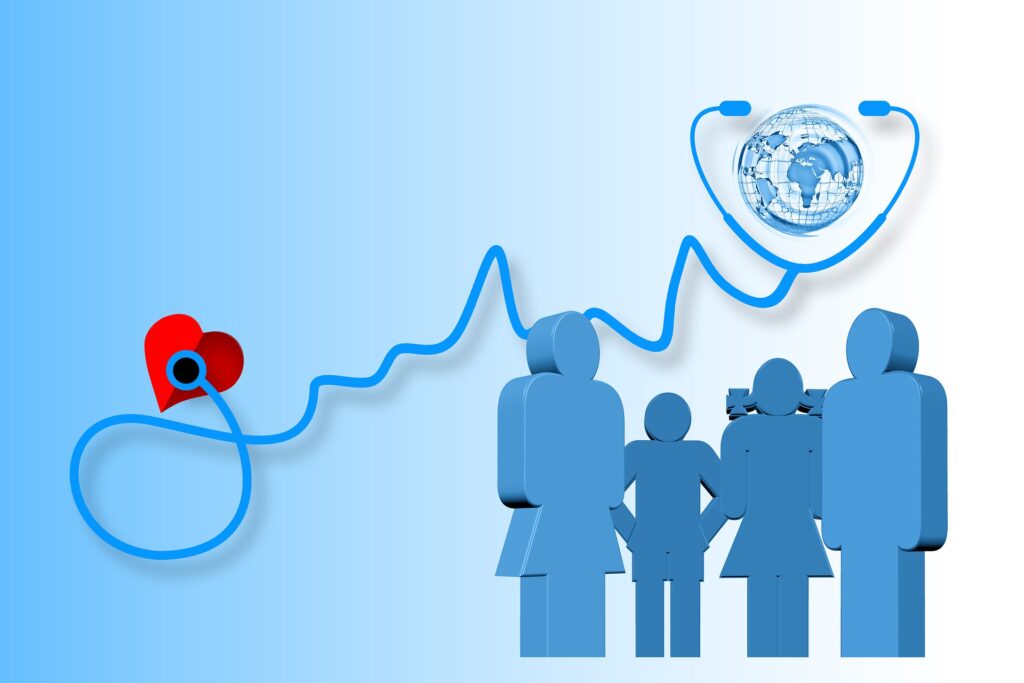
Welcome to Day 9 of 10 Career Challenge Actually Worth Doing, having worked in the healthcare industry for close to 30 years, I felt a desire to share my experience, and the healthcare industry trends both concerning and exciting.
When we think of our own healthcare needs, whether it be physical or mental health, cost does weigh on minds. Americans are now more than ever becoming poorer, due to medical debt.
We see cost rise and care performed at subpar levels due to time limits.
Whatever happened to the entire concept of treating the “whole” patient, you say? I say, treating the whole patient is not an affordable timeframe visit for a patient and physician in Ameria.
Time Spent with our Physician
According to a Jama Network study, the average length of time spent with a primary care provider is 18 minutes.
Clearly, this is not enough time to adequately diagnose and prescribe medication in certain cases.
Back in the summer of 2023, after discussing this with a new resident at Boston General Hospital. We agreed more money is being poured into second and third visits to the doctor.
We also agreed that physicians should have the right to actually “practice medicine”.
18 minutes with your physician, gives you enough time to get a pill for the ill.
How Treating the Patient has Changed
Certain trends such as AI and Telehealth are changing the landscape of healthcare and making it easier for patients to reach their provider. Let’s look at some of the benefits of how treating the patient has changed.
- 1. Telehealth: For Healthcare Providers: Telehealth has been a game-changer for healthcare providers. It allows them to reach a broader patient base, especially those in remote areas. It enhances efficiency, enabling professionals to conduct virtual consultations, monitor patients remotely, and manage follow-ups more conveniently. However, adapting to this technology involves addressing challenges like licensure regulations and ensuring a seamless patient experience.
- For Patients: Patients benefit from increased accessibility to healthcare services. Telehealth minimizes travel time and expenses, making healthcare more inclusive. It’s particularly valuable for routine check-ups, managing chronic conditions, and seeking mental health support. However, some individuals, especially those less familiar with technology, may face barriers to entry.
- 2. Artificial Intelligence: For Healthcare Providers: AI aids healthcare professionals in decision-making and diagnostics. It streamlines administrative tasks, allowing providers to focus more on patient care. Predictive analytics contribute to proactive and personalized treatment plans, improving overall outcomes. However, there’s a need for ongoing training and addressing concerns about job displacement.
- For Patients: Patients experience more accurate diagnoses and personalized treatment plans. AI enhances patient engagement through health apps, wearables, and monitoring systems. The downside may involve concerns about privacy and data security, which healthcare providers need to address transparently.
- 3. Focus on Mental Health: For Healthcare Providers: The increased focus on mental health demands a more comprehensive approach to patient care. Healthcare providers are adapting by integrating mental health services into their practices. This shift requires additional training and collaboration between different specialties to ensure holistic care.
- For Patients: Patients benefit from reduced stigma surrounding mental health issues. Integrated care means individuals receive support for both their physical and mental well-being. However, challenges still exist in terms of accessibility to mental health services, which varies across regions.
I have always said, “the body is one unit, it must be treated as whole, not just the symptoms.” I am excited to personally experience more providers taking interest in their patient’s mental health, and in collaboration with other interdisciplinary teams. While in graduate school, more physicians were taking public health, and it’s on the rise. A physician is trained in individual medicine, not community. They are educating themselves to better serve their patients in their own environments, this is exciting. Social Determinants of Health can lead us to better healthcare and preventative care.
Final Thoughts and Words of Encouragement
To have the ability to heal, is an extraordinary gift. But those gifts get worn out, yet they keep going. Life stresses wear on our bodies and create disease and sickness.
Both the patient and the physician play life’s narrative in healthcare. If you are a healthcare professional reading this blog, your work is appreciated. All of us are the patient, and taking good care of ourselves, relieves the heavy load of burden on our healthcare community. As healthcare gains new skills and talents. Let’s all be aware that it definitely takes a community to heal the ills.
We’ll chat soon,

